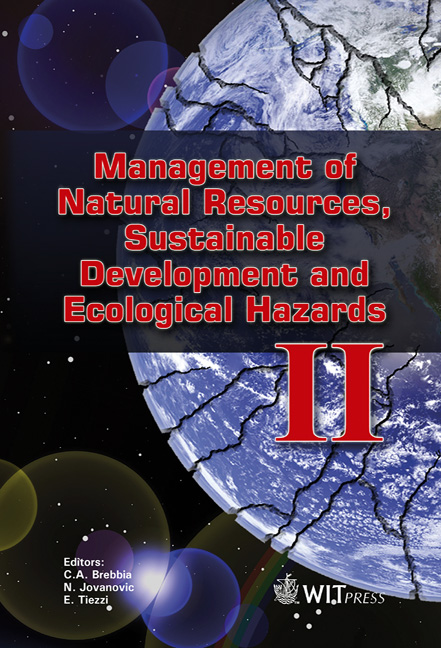An Overview Of The Salinization Problem In The Berg River Catchment (South Africa)
Price
Free (open access)
Transaction
Volume
127
Pages
11
Page Range
379 - 389
Published
2009
Size
1,816 kb
Paper DOI
10.2495/RAV090331
Copyright
WIT Press
Author(s)
W. P. De Clercq, M. V. Fey & N. Z. Jovanovic
Abstract
The Berg River and the salt load in it have been researched since the 1970s and various myths or misconceptions about the origin of salt in this catchment were gradually taken care of. The Berg River is a prominent river of the Western Cape Province of South Africa and also an important water supply system of this province. Equally important is the agricultural industry of this region that is totally dependent on water from this system. Therefore salinity that plagues the usefulness of this water is of increased importance to this community. Initially, research aimed at discovering the role irrigated agriculture played in the movement of salts toward the river. During the past 8 years, the role of dryland salinity was investigated. This was done through careful mapping of the region (geology, rainfall distribution, evapotranspiration, aridity index, vegetation, land use and groundwater quality), intensive monitoring at localized experimental sites and the application of hydrological modelling. From this research, a number of findings were documented that changed our perception about salinity in this landscape. Firstly, dryland salinity was identified as the major contributor to salinization in this landscape. Secondly, the source of salts occurs at the interface of an extensive, deeply weathered recharge zone, with silcrete remnants, overlying kaolinized Malmesbury shales with very low hydraulic conductivity. Thirdly, much of the salinity in the landscape could be derived from marine aerosols and rain, concentrated through evaporation, as salinity was related to climatic conditions, soils and geology. Follow-up research is currently under way to investigate the impacts of different land uses on salt discharge and water quality, and to recommend the most suitable land uses that would reduce salinization of the Berg River for regulatory purposes. Keywords: Berg river catchment, dryland salinity, regolith.
Keywords
Berg river catchment, dryland salinity, regolith





